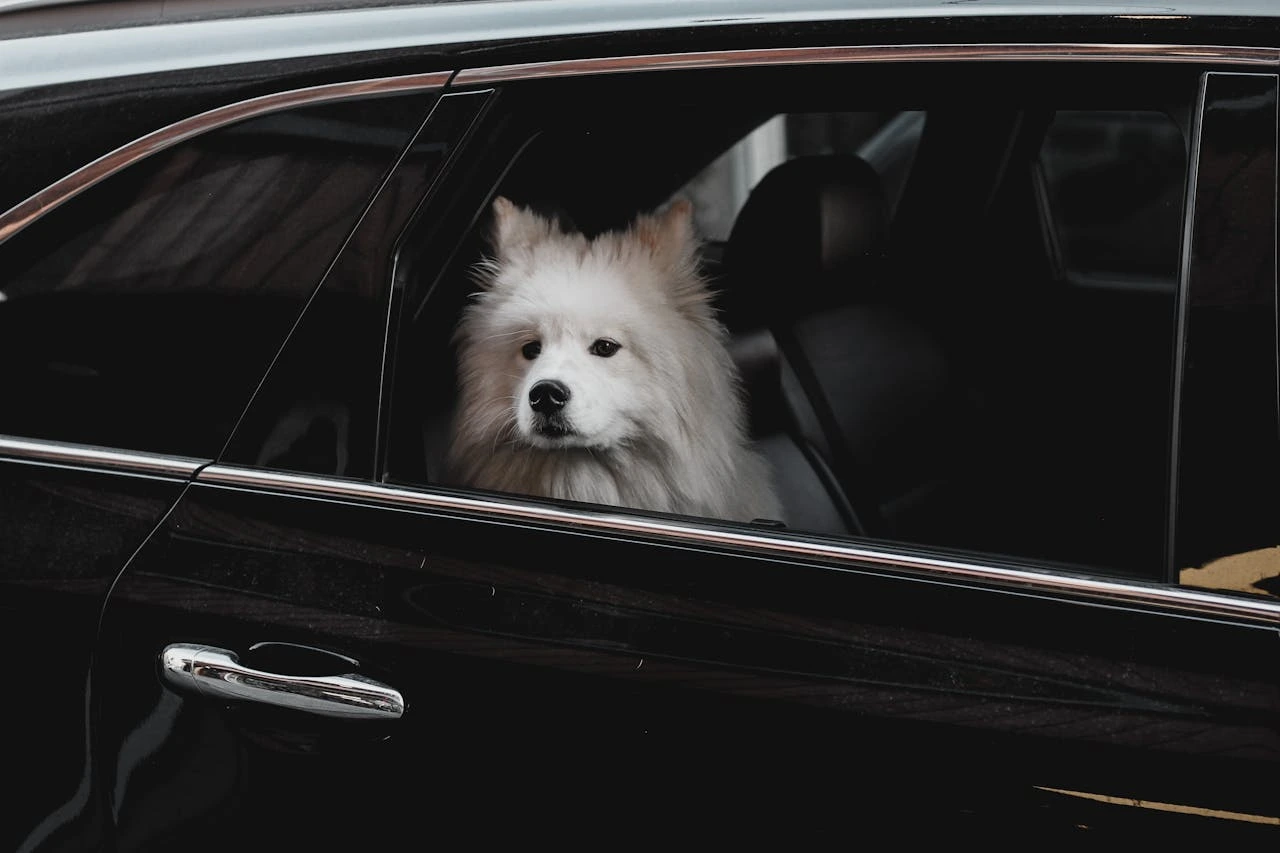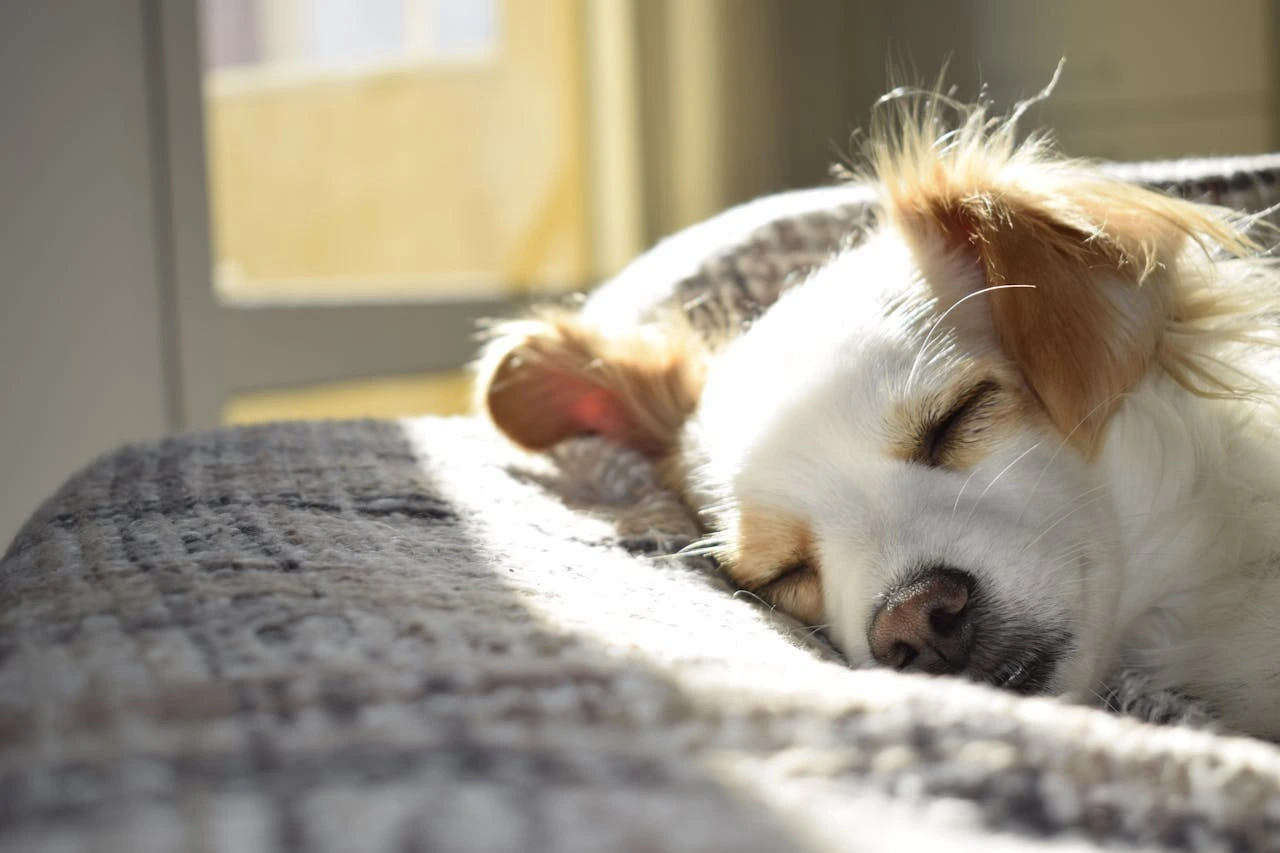Worried about how to make your pet comfortable during travel? Traveling with pets can be both exciting and stressful. Whether you're relocating, going on a road trip, or taking a vacation with your pet, you need to be cautious about your pet's comfort during travel.
In this blog, you’ll be learning how to make your pet comfortable during travel, whether by road, air or train. These travel tips will make your journey smooth and stress-free for both you and your furry companion.
What Do Pets Need During Travel?
Every pet is unique, and so are the travel needs of the pets. Dogs, cats, birds, reptiles, and small mammals each respond differently during the transport. Before going for pet travel, make sure to:
- Assess your pet’s temperament. Some animals enjoy travel, while others may experience anxiety.
- Schedule a vet visit. Check that your pet’s vaccinations are up to date, and get a health certificate if you are going by air.
- Discuss travel anxiety options. Ask your vet about natural remedies or prescribed sedatives if needed.
Choose the Right Mode of Transportation
Again the mode of transportation and how you’ll be moving your pet to make it comfortable depends upon the type, age and other things of the pets.
Here are the few things, you need to know to find out whether you’re travelling by air, road or sea:
Pet Travel by Car
- Use a secure pet carrier or harness. It should be well-ventilated, spacious, and crash-tested.
- Avoid letting pets roam freely. Free movement can distract the driver and is dangerous.
- Plan frequent breaks. Stop every 2–3 hours for bathroom breaks, water, and exercise.
- Keep the temperature moderate. Never leave your pet alone in a hot or cold car.
Flying with Your Pet
- Choose pet-friendly airlines. Choose airlines that offer better facilities and policies for pets as it is going to make your pet flight comfortable.
- Know the airline's pet travel requirements. You need to find out the requirements and eligibility of an airline. It includes your pet’s weight limits, crate sizes, and breed.
- Acclimate your pet to the crate in advance. Make a routine to put your pet in the crate daily for a week or more to acclimate it with the crate.
- Direct flights are preferable. Flying with your pet on a direct flight is the best method to make your journey comfortable during travel, reducing the risk of stress.
Crate Training and Acclimatisation
A pet friendly crate is your best ally during pet transport. Begin crate training at least 2–3 weeks before travel:
- Place the crate in a familiar environment.
- Reward your pet with treats and praise for entering and staying in the crate.
- Feed your pet inside the crate. This helps create a positive association.
- Simulate travel conditions. Short drives while your pet is crated can help them get used to the motion.
Packing Essentials for Pet Travel
Prepare a pet travel kit by packing the essential items for your pet during the journey:
- Food and water bowls
- Limited meals and water for your pet
- Leash, collar with ID tag, and microchip info
- Waste bags or litter box
- Favorite toy or blanket for comfort
- Medications and health documents
- Cleaning supplies (wipes, towels, disinfectants)
These items are essential to maintain your pet’s health and comfort, which is vital during travel.
Create a Calming Environment
Whether you are traveling with pet dog, cat, bird or any other, their mental state plays a massive role in how well they adapt to travel:
- Avoid loud music or sudden movements.
- Use pet-calming sprays or pheromone diffusers inside the vehicle or crate.
- Talk to your pet in a soft, reassuring voice.
- Use spill-proof bowls or no-drip bottles to avoid messes.
Maintain Regular Feeding and Hydration
Keeping your pet’s stomach calm during travel is important for their comfort:
- Feed a light meal 3–4 hours before travel to prevent nausea.
- Avoid feeding in a moving vehicle.
- Offer water frequently, but in small amounts.
- Keep lighting low during evening travel to encourage sleep.
Watch for Signs of Travel Stress
Stay vigilant for warning signs of travel-related distress:
- Panting or excessive drooling
- Whining, barking, or yowling
- Trembling or hiding behavior
- Vomiting or diarrhea
If you find these signs in your pet during travel, pause for a moment, comfort your pet, and consult a vet if symptoms persist.

Hotel and Accommodation Tips
Planning overnight stays? Consider pet-friendly hotels:
- Check the hotel’s pet policy before booking.
- Bring your own bedding to make your pet feel at home.
- Never leave your pet unattended in the room for long periods.
- Stick to a familiar feeding and walking schedule.
Long-Distance and International Travel Considerations
Traveling across states or countries requires advanced planning:
- Check quarantine regulations of your destination.
- Obtain international health certificates and permits.
- Familiarise your pet with the new climate and time zone.
- Plan for jet lag in pets, especially if the flight spans multiple time zones.
Use GPS Pet Trackers for Safety
A GPS tracker adds a layer of security and peace of mind:
- Attach a tracker to your pet’s collar.
- Monitor their location in real time using a mobile app.
- Ideal for rest stops, layovers, or any open areas.
After-Travel Recovery Tips
Once you arrive, give your pet time to decompress:
- Let them explore the new surroundings slowly.
- Reintroduce familiar items like beds and toys.
- Stick to regular meals and potty schedules.
- Watch for signs of illness or behavioral changes post-travel.
Expert Advice for Pet Travel Success
- Start training early.
- Be calm yourself. Pets feed off your energy.
- Avoid last-minute surprises. Stick to a routine.
- Consult professionals. Vets, behaviorists, and transport specialists offer valuable insights.
Frequently Asked Questions (FAQs)
These are some of the frequently asked questions:
- How can I prepare my pet for travel?
Start getting your pet used to their carrier or crate before the trip. Let them spend time in it at home and take them on short car rides. For cats, slowly introduce them to different types of travel like cars or public transport so they feel safe. - What should I pack for my pet's journey?
Pack your pet’s usual food, fresh water, a leash or harness, and bowls that are easy to carry. Bring waste bags for clean-up, and include a blanket or toy they love. These familiar items help your pet feel calm and safe during travel. - How can I reduce my pet's travel anxiety?
Try to keep their daily routine as normal as possible. Bring items that smell like home, like their blanket or bed. You can also play calming music. If your pet gets very anxious, talk to your vet about safe calming products or medicine. - What are the best practices for car travel with pets?
Always use a secure carrier or a pet seatbelt to keep your pet safe. Don’t let them move around the car freely. Take breaks every 2 to 3 hours so your pet can stretch, go to the toilet, and drink water. - How to make your pet comfortable during air travel?
Choose a flight with no stopovers to make the trip shorter. Make sure the carrier is approved by the airline and has your contact info on it. Pack food, water, and a soft item like a blanket to keep your pet relaxed. - What should I do if my pet experiences motion sickness?
Don’t feed your pet right before the trip. If they still feel sick when travelling, ask your vet about medication or natural remedies that can help. - How can I ensure my pet stays hydrated during the trip?
Give your pet water regularly, especially during breaks. Bring a travel bowl or a bottle that won’t spill easily. Watch to make sure your pet drinks enough to stay hydrated. - What should I do if my pet becomes ill or injured during travel?
Before your trip, look up animal clinics along your route or at your destination. Carry a small first aid kit for pets, their health records, and any medicine they might need. This will help you act quickly if something goes wrong.
How to Make Your Pet Comfortable During Travel: Key Takeaways
Making your pet comfortable during travel requires preparation, patience, and love. With the right gear, consistent routines, and awareness of their needs, you can execute a safe and stress-free journey for your pet. Whether it’s a short road trip or international relocation, these expert tips will help keep tails wagging.
Make Your Pet Comfortable During Travel with JCS
At JCS Pet Travel, your pet’s comfort is our top priority. With over 20 years of experience, we offer cosy travel crates, temperature-controlled vehicles, and expert care every step of the way. Whether it’s a short trip or international relocation, we handle all logistics so your pet can travel safely and comfortably. With JCS, your furry, feathered, or scaly friend is in trusted hands.
Explore similar topics:
